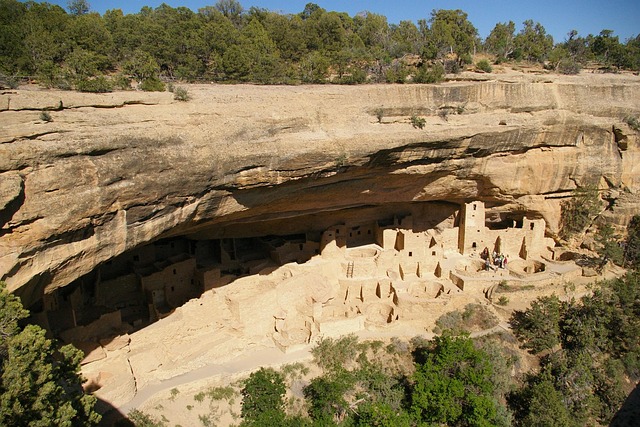Family-focused neighborhoods are thriving in the real estate market due to their strong sense of community, diverse amenities, and inclusive environments. These areas attract buyers seeking safe, nurturing spaces for raising families, leading to high property values and low turnover. In today's diverse world, cultural richness significantly influences real estate trends, with vibrant communities offering improved quality of life. Developers can create thriving neighborhoods by implementing universal design, organizing events, and fostering safety, thereby contributing to a diverse and appealing real estate ecosystem.
Family-oriented neighborhoods are transforming the real estate landscape, catering to diverse communities seeking safe, inclusive spaces. This article explores the growing appeal of these areas, highlighting how diversity enriches modern real estate. We delve into strategies for developers and residents to create welcoming environments that foster connection and belonging, ultimately enhancing the quality of life for all. By embracing diversity, these neighborhoods become vibrant hubs where families thrive.
Understanding the Appeal of Family-Oriented Neighborhoods

Family-oriented neighborhoods have gained significant popularity in the real estate market, appealing to a wide range of buyers looking for a safe and nurturing environment for their children. The appeal lies not only in the proximity to schools, parks, and community centers but also in the strong sense of belonging and social cohesion these areas foster. Residents often form tight-knit bonds, creating a supportive network that enhances the overall quality of life.
These neighborhoods offer a diverse range of amenities tailored to families, from playgrounds and recreational facilities to community events and support groups. This focus on family-friendly infrastructure not only caters to young families but also attracts established households seeking stable, secure environments for their growing children. As a result, real estate in these areas tends to be in high demand, with property values reflecting the strong desirability and low turnover rates.
Diversity in Community: A Key Factor for Modern Real Estate

In today’s dynamic and interconnected world, diversity within communities has emerged as a paramount factor shaping real estate trends. A family-oriented neighborhood characterized by a mosaic of cultures, ethnicities, and backgrounds not only enriches the social fabric but also significantly influences the local real estate market. This diversity is a magnet for prospective homebuyers, particularly those with children, who seek environments that foster inclusive growth and offer a wide array of cultural experiences.
Real estate professionals recognize that communities boasting diverse populations command higher property values and attract a broader spectrum of buyers. The variety of restaurants, shops, and community events catering to different tastes and traditions enhances the overall livability of these areas, making them highly desirable for families seeking a sense of belonging and a rich cultural environment. This trend underscores the importance of inclusive neighborhood planning in modern real estate development, ensuring that communities are not only vibrant but also welcoming to all.
Creating Welcoming Spaces for All: Strategies for Developers and Residents

Creating inclusive spaces that cater to diverse family needs is paramount for real estate developers aiming to foster strong, connected communities. This involves thoughtful design and planning to ensure every resident feels welcomed and valued. One strategy is implementing universal design principles in public areas, making them accessible to all, including families with young children or older residents. For instance, well-lit pathways, wheelchair-accessible parks, and multi-use spaces encourage interaction across ages and abilities.
Residents play a pivotal role in cultivating this inclusivity. Organizing community events that celebrate cultural diversity, such as block parties or international food festivals, can foster connections between families from various backgrounds. Additionally, establishing neighborhood watch programs and promoting active community engagement ensure safety and a sense of belonging for all. These collaborative efforts contribute to a vibrant real estate ecosystem where families thrive and diverse communities flourish.






